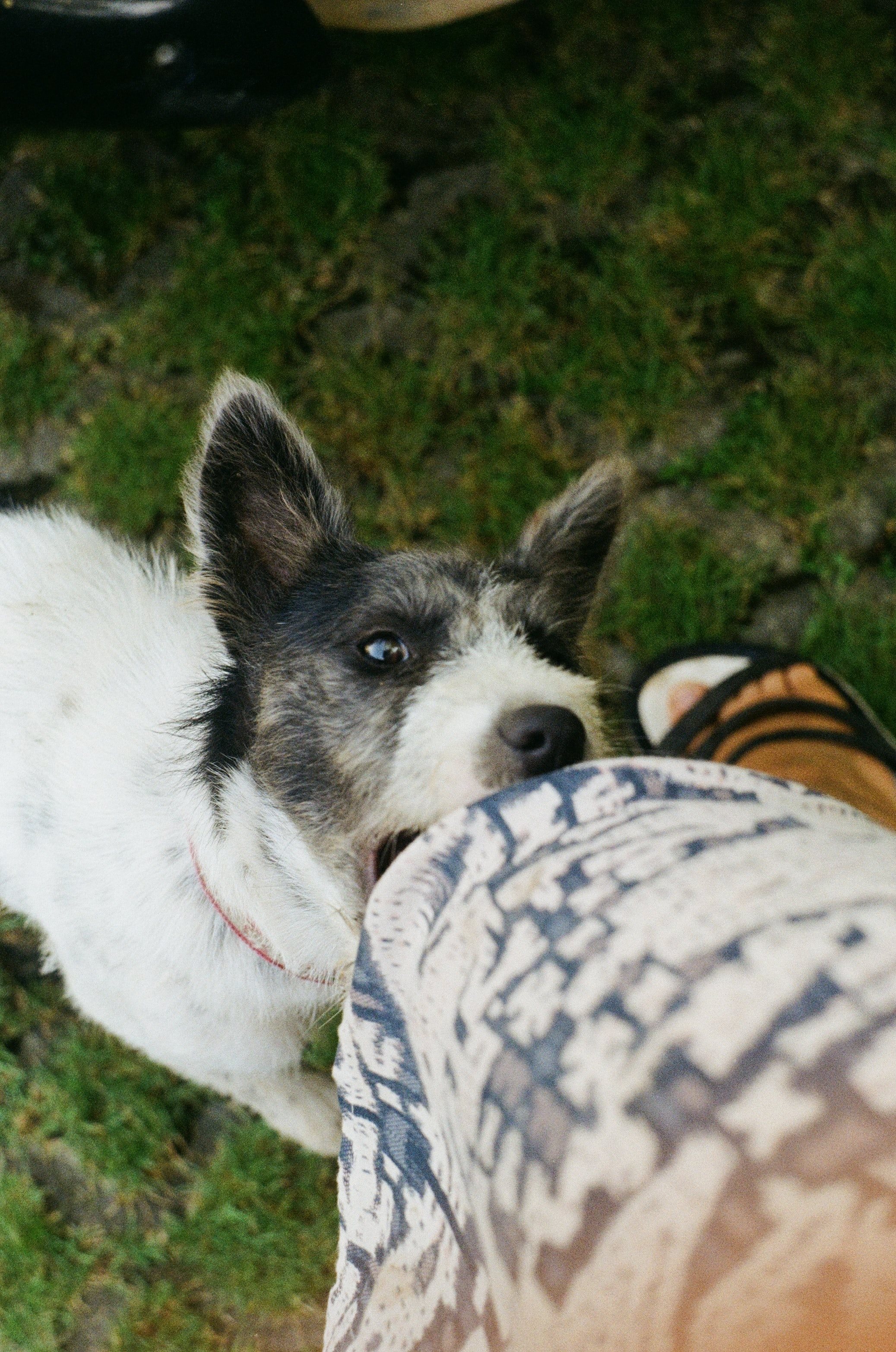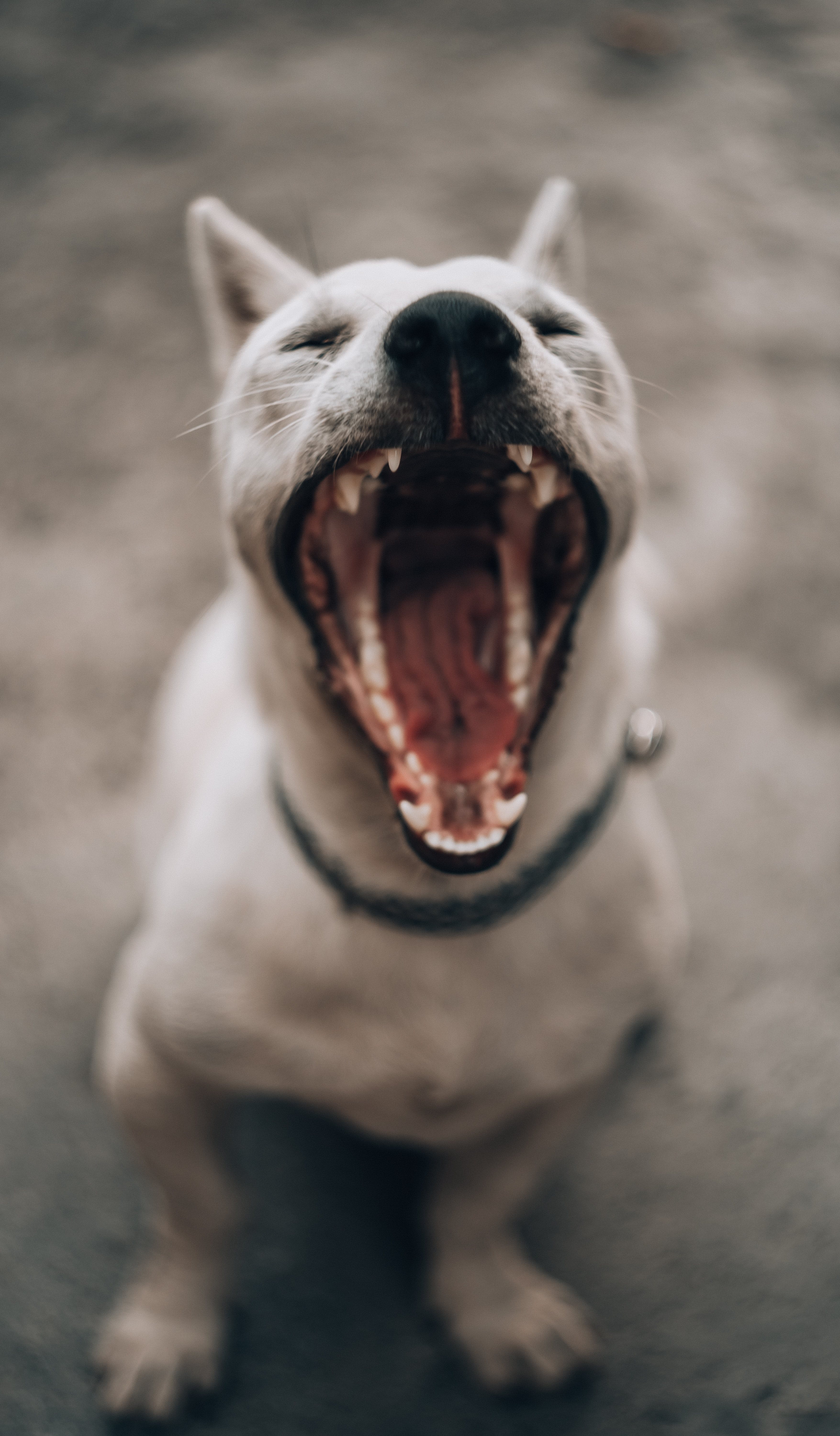It is important to also be very careful in the presence of animals or pets that are not domesticated yet are still common and close by in everyday activities. Common examples of wild animals getting close enough to bite could be foxes or squirrels. They could appear and attack due to agitation when you are out in the
garden.
They are also known to appear frequently in
campsites so it is important to keep aware and away from them before they get a chance to bite, scratch or inflict any type of wound on you.
In the scenario where a wild animal inflicts a wound it is important to clean, disinfect and cover the wound and see a doctor immediately to reduce the risk of serious infection or unknown diseases that the animals could be carrying.





.jpg?rx=0&ry=0&rw=0&rh=0&hash=5704136EAF873D699AADABE8ACD894F1)
